Roads of the future could be lit by glowing trees instead of streetlamps! Thanks to a breakthrough in creating bioluminescent plants.
What is the problem?
Light pollution has recently been announced to be one of our new major global issues. It disrupts the natural patterns of wildlife and contributes to the increase in carbon dioxide in the atmosphere. Furthermore disrupts human sleep and obscures the stars in the night sky.
The extensive amounts of artificial lighting are not only approaching nearly 20 percent of global energy consumption. They are also keeping us from our natural state. Leading to increased amounts of stress and anxiety, not only in humans but wildlife too.
Therefore, the recent collaboration between architects and chemical engineers from MIT (Massachusetts Institute of Technology) on plant illumination is prominent. Their work leads us back to the time when the natural processes of the sun were essential within the infrastructure of buildings.
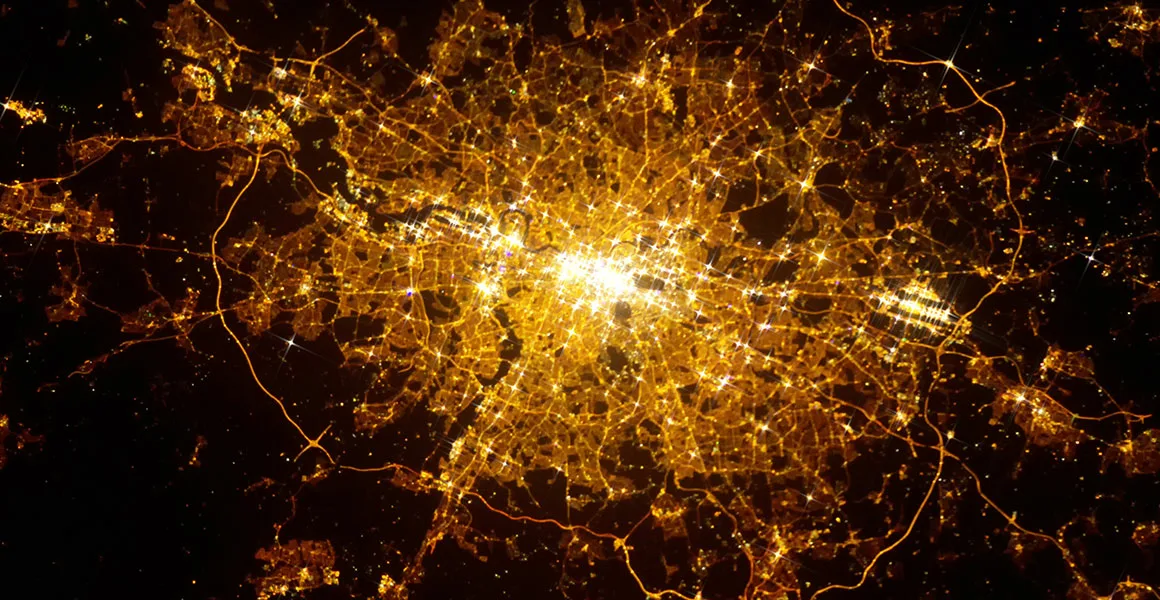
Why is it cool?
Imagine a future in which instead of switching on a lamp when it gets dark, you could see by the light of a glowing plant on your desk. A future where you could walk through streets lightened up by trees instead of lamps and work in a place surrounded by nature rather than artificial lightning.
The MIT researchers have designed a way for plants to emit light. First, the leaves are infused with nanoparticles, followed by a high-pressure treatment that spreads them throughout the plants’ surfaces. Yet, they glow and act as a light source for several hours.
These findings can create sustainable light sources that don’t rely on batteries or electricity. A concept and design that is not only sustainable but stunningly beautiful and astonishing!
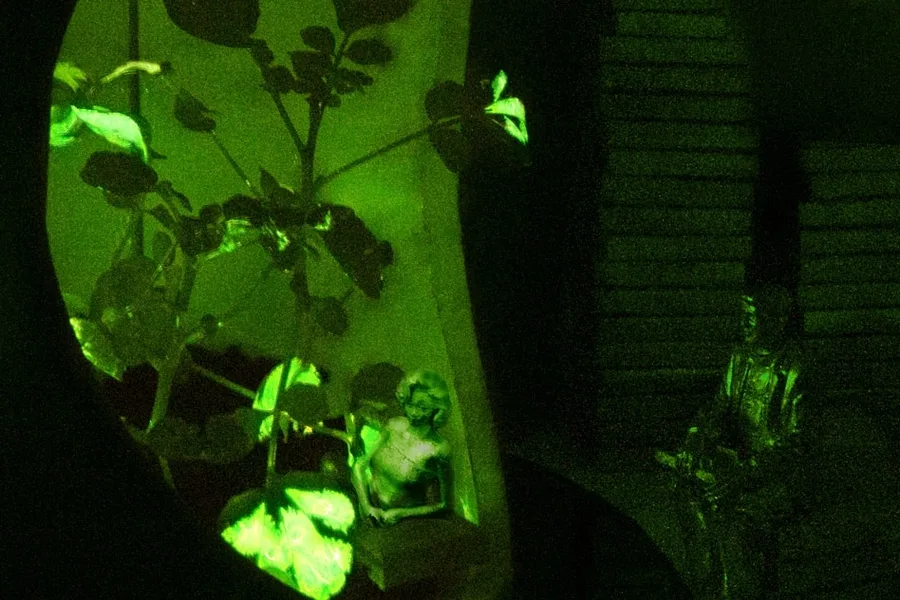
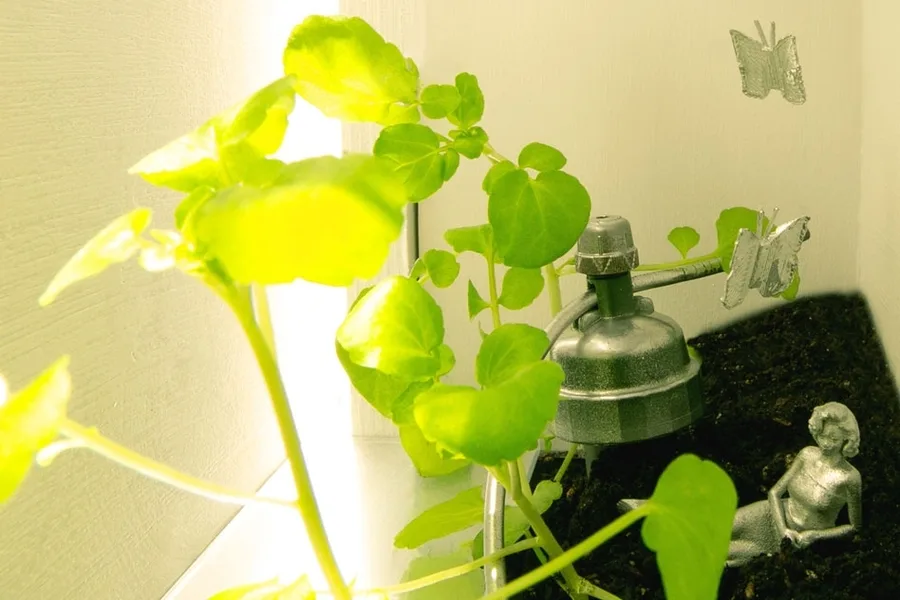
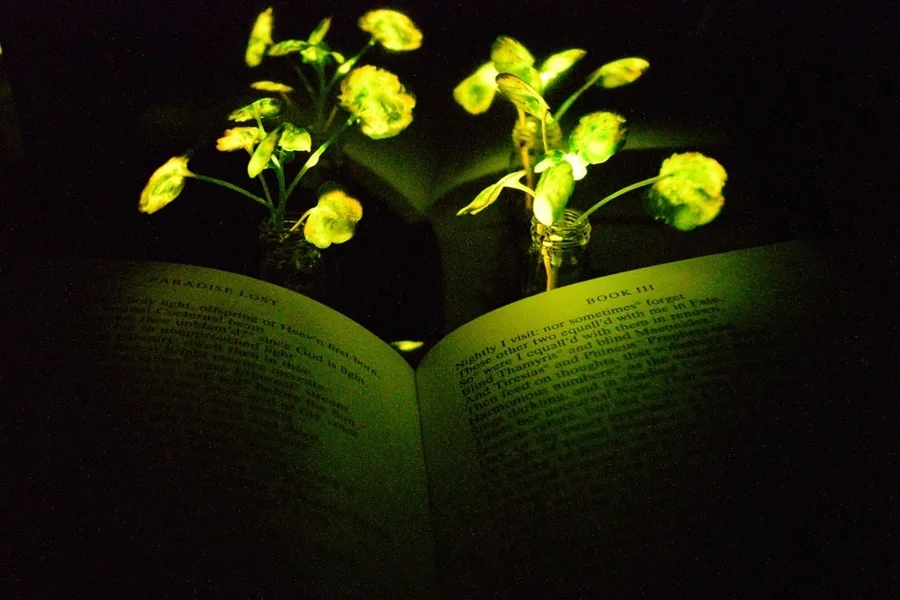
Why does it have future growth potential?
Throughout history, the natural processes from sunlight have been an essential part of infrastructure and architecture! However, nowadays, these vital processes have been excluded from our modern thinking and practices. Now we face the consequences and the environmental costs of energy made from toxic materials powered by fossil fuels. Accordingly, the bioluminescent plants seem to be the perfect solution to this problem. They are beautiful, sustainable, and, most importantly, powered by a natural source, the sun.
Moreover, to keep the plants glowing at night, they must be well-preserved and taken care of. Bioluminescent plants could not only be a great way to preserve nature, solve the issue of light pollution and lower the CO2 amounts in the atmosphere. They could also be an opportunity to teach future generations how important it is for us to establish a connection and preserve nature.
If plants are to provide people with light, we need to keep plants healthy to benefit from everything they provide for us. We think this is going to trigger a much more caring or nurturing relationship of people and their plants, or plants and the people that they illuminate.
Sheila Kennedy




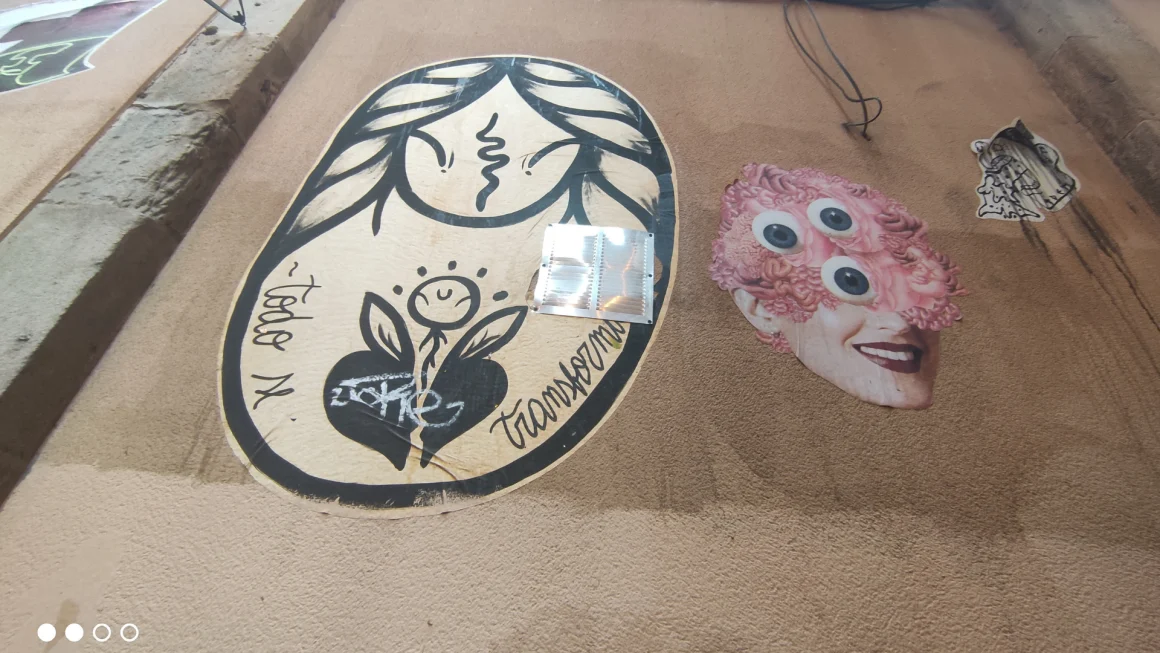

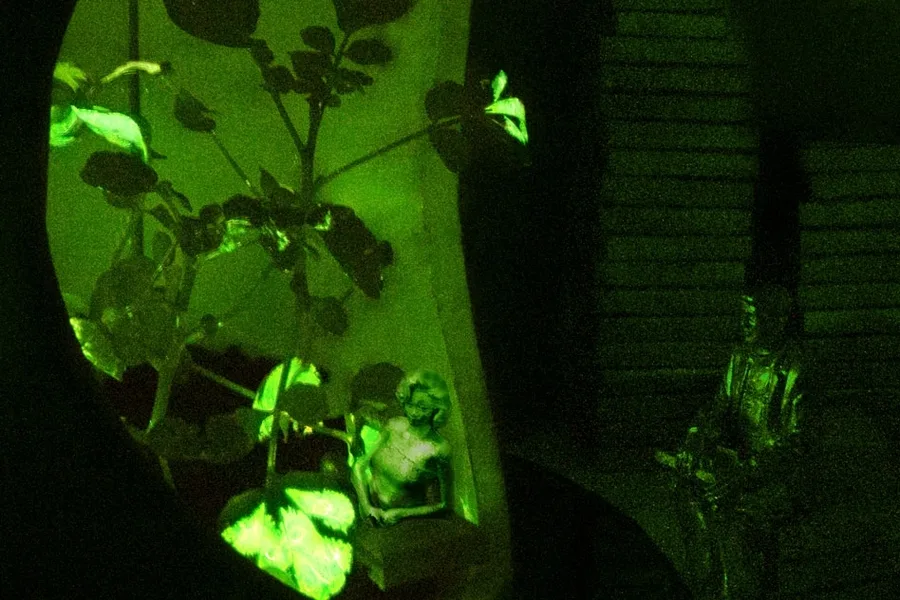
Rahim Ennassiri
Mihaela Angelova
Carl Rohde
Yue Tan
Julius Tami
Fenne van Mierlo
During the DDW we had seen something similar with the living lamp. I definitely think this development is cool and has a lots of potential. Regarding light, I think that we are going towards a more natural route. In recent signals and products it becomes apparent that we want to reconnect with the natural light. What do you think about that?